Home>Dining>Tableware>How High Is A Standard Dining Room Table?
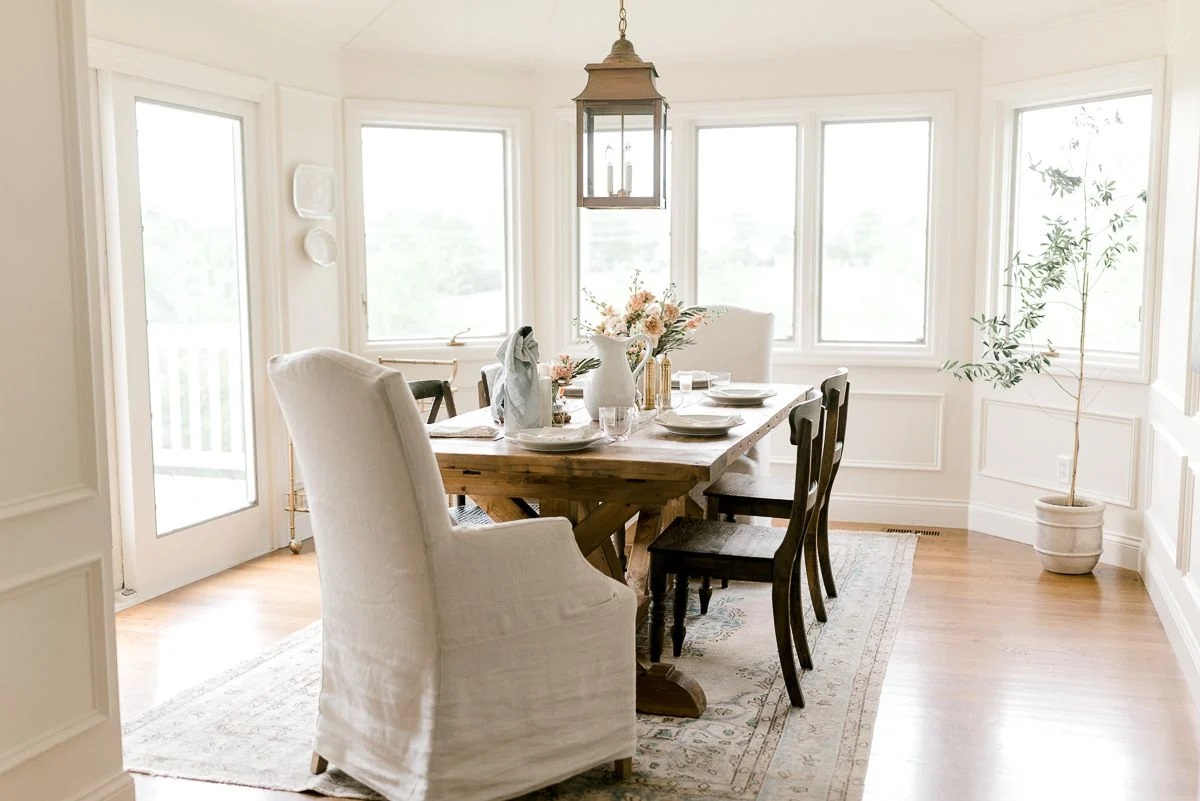

Tableware
How High Is A Standard Dining Room Table?
Modified: March 2, 2024
Discover the perfect dining room table size and height for your space. Explore our selection of tableware options that will complement your style and needs.
(Many of the links in this article redirect to a specific reviewed product. Your purchase of these products through affiliate links helps to generate commission for Storables.com, at no extra cost. Learn more)
Introduction
Welcome to the world of tableware! Tables play a fundamental role in our daily lives, serving as a gathering place for meals, conversations, and special occasions. One essential piece of tableware that often takes center stage in our dining rooms is the dining room table. A key factor in selecting the perfect dining room table is its height, as it can greatly impact the overall comfort and functionality of your dining experience.
In this article, we will explore the average height of a standard dining room table and the factors that can influence this dimension. We will also provide some helpful tips to assist you in choosing the right height for your own dining room table.
So, grab a seat and let”s dive into the world of dining room table heights!
Key Takeaways:
- The average height of a standard dining room table is around 30 inches, but variations exist to suit different styles and needs, such as counter-height tables for a more casual ambiance.
- When choosing the right height for your dining room table, consider factors like style, functionality, seating options, space, and accessibility to create a comfortable and welcoming dining space.
Average Height of a Standard Dining Room Table
When it comes to the height of a standard dining room table, there is a general range that most manufacturers adhere to. The average height for a dining room table is around 30 inches (76 cm). This height is considered comfortable for most people, allowing for easy seating and a comfortable dining experience.
However, it’s important to note that there can be some variations in height depending on the style and design of the dining room table. For example, counter-height tables are becoming increasingly popular in modern homes. These tables are typically taller, with a height range of 36 to 42 inches (91 to 107 cm). The extra height creates a more casual and contemporary look and is perfect for informal dining settings or kitchen counters.
On the other hand, some dining room tables may have a slightly lower height, especially ones with a more traditional or vintage design. These tables may measure around 28 to 29 inches (71 to 74 cm) in height, offering a more intimate and classic dining experience.
Ultimately, the height of your dining room table should be chosen based on your personal preferences, the style of your dining space, and the overall comfort of your guests. It’s essential to consider the purpose of the table and how it will be used to ensure that the height complements your dining needs.
Factors Affecting the Height of a Dining Room Table
While the average height of a standard dining room table is around 30 inches, there are several factors that can influence the actual height of a dining table. Understanding these factors can help you make an informed decision when selecting a dining room table that fits your specific needs and preferences.
- Style and Design: The style and design of the dining room table can greatly impact its height. Modern and contemporary tables tend to have a taller height, while traditional or vintage tables may be slightly shorter.
- Functionality: Consider how you plan to use the dining room table. Will it primarily be used for formal dining or casual gatherings? If you frequently entertain guests or have large family gatherings, you may opt for a higher counter-height table that offers a more relaxed and sociable atmosphere.
- Seating Options: The height of your dining room table should align with the seating options you prefer. If you plan to use standard dining chairs, a table with a height of around 30 inches is ideal. However, if you prefer bar stools or taller chairs, a counter-height table may be more suitable.
- Proportion and Space: Consider the overall layout and size of your dining space. A taller table may work well in a large, spacious room, while a smaller area may benefit from a lower height table to maintain a balanced and proportionate look.
- Accessibility: It’s important to ensure that the height of your dining room table is accessible for everyone in your household. Consider the comfort and ease of use for children, elderly individuals, or individuals with mobility issues.
By taking these factors into account, you can select a dining room table that not only meets your aesthetic desires but also provides a comfortable and functional dining experience for you and your guests.
Standard dining room tables are typically around 30 inches high. When shopping for a new table or chairs, be sure to measure the height to ensure a comfortable fit for dining.
Tips for Choosing the Right Height for Your Dining Room Table
Choosing the right height for your dining room table is essential to ensure a comfortable and enjoyable dining experience. Here are some helpful tips to guide you in making the right decision:
- Consider Your Seating: Determine what type of seating you prefer. If you plan to use standard dining chairs, a table height of around 30 inches is suitable. If you prefer bar stools or taller chairs, a counter-height table (36 to 42 inches) may be a better choice.
- Assess Your Space: Measure your dining area to ensure that the table height is proportionate to the space. A larger room can accommodate a taller table, while a smaller area may benefit from a lower height to maintain a balanced and open feel.
- Think About Functionality: Consider how you will use the table. If you regularly host large gatherings or have a busy household, a higher table height may create a more casual and social atmosphere. For formal occasions or intimate dinners, a lower height can offer a more intimate and refined experience.
- Keep Accessibility in Mind: Ensure that the table height is accessible for everyone in your household. Consider the comfort and ease of use for children, elderly individuals, or individuals with mobility issues. Adjustable height tables can be a great option for accommodating different needs.
- Match Your Style: Choose a table height that complements the overall style and design of your dining space. Modern and contemporary styles often pair well with taller tables, while traditional or vintage aesthetics may call for a lower height.
Ultimately, it’s important to prioritize your personal preferences and the needs of your household when selecting the height of your dining room table. Take the time to measure and visualize how the table will fit into your space and consider how it aligns with your desired dining experience.
Remember, the perfect dining room table is not just about its height, but also about creating a welcoming and comfortable environment for memorable meals and shared moments with your loved ones.
Conclusion
Choosing the right height for your dining room table is a crucial consideration in creating a comfortable and functional dining space. While the average height of a standard dining room table is around 30 inches, there are variations to suit different styles, needs, and preferences.
Factors such as style, functionality, seating options, proportion, space, and accessibility all play a role in determining the ideal height for your dining room table. By considering these factors and following some helpful tips, you can select a table height that enhances your dining experience and complements the overall design of your space.
Whether you opt for a standard height table for a classic and timeless appeal, a counter-height table for a more contemporary and casual ambiance, or a custom adjustable height table to accommodate various needs, remember that comfort and functionality should be at the forefront of your decision-making process.
Investing in a dining room table with the right height not only ensures the comfort of your guests but also elevates the overall aesthetic and atmosphere of your dining area. It becomes the focal point where memorable meals, conversations, and celebrations take place.
So, take the time to consider your preferences, review the dimensions of your space, and explore different table styles before making your final decision. With a well-selected dining room table height, you can create a space that not only reflects your personal style but also encourages joyful gatherings and unforgettable dining experiences for years to come.
Frequently Asked Questions about How High Is A Standard Dining Room Table?
Was this page helpful?
At Storables.com, we guarantee accurate and reliable information. Our content, validated by Expert Board Contributors, is crafted following stringent Editorial Policies. We're committed to providing you with well-researched, expert-backed insights for all your informational needs.
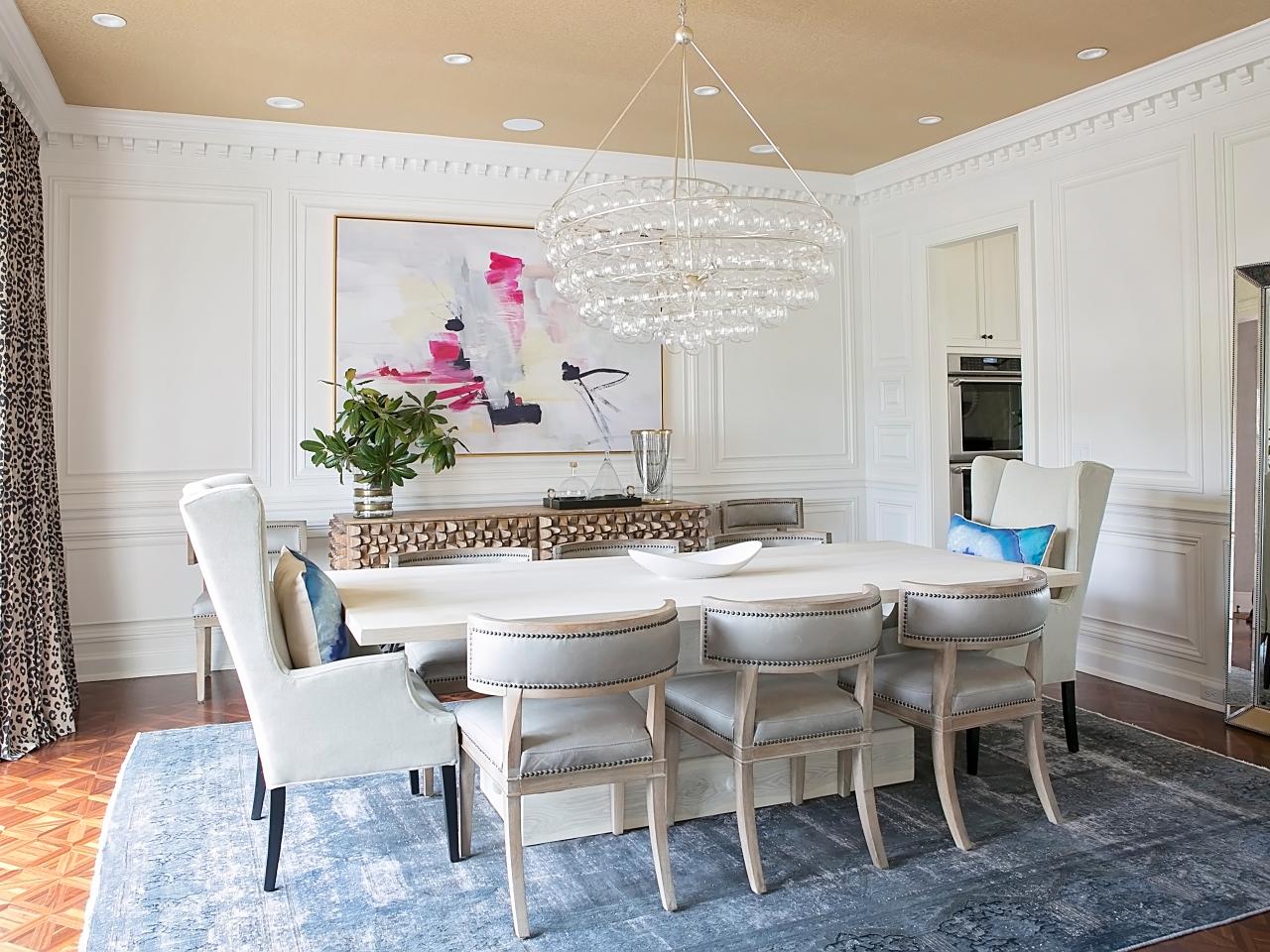
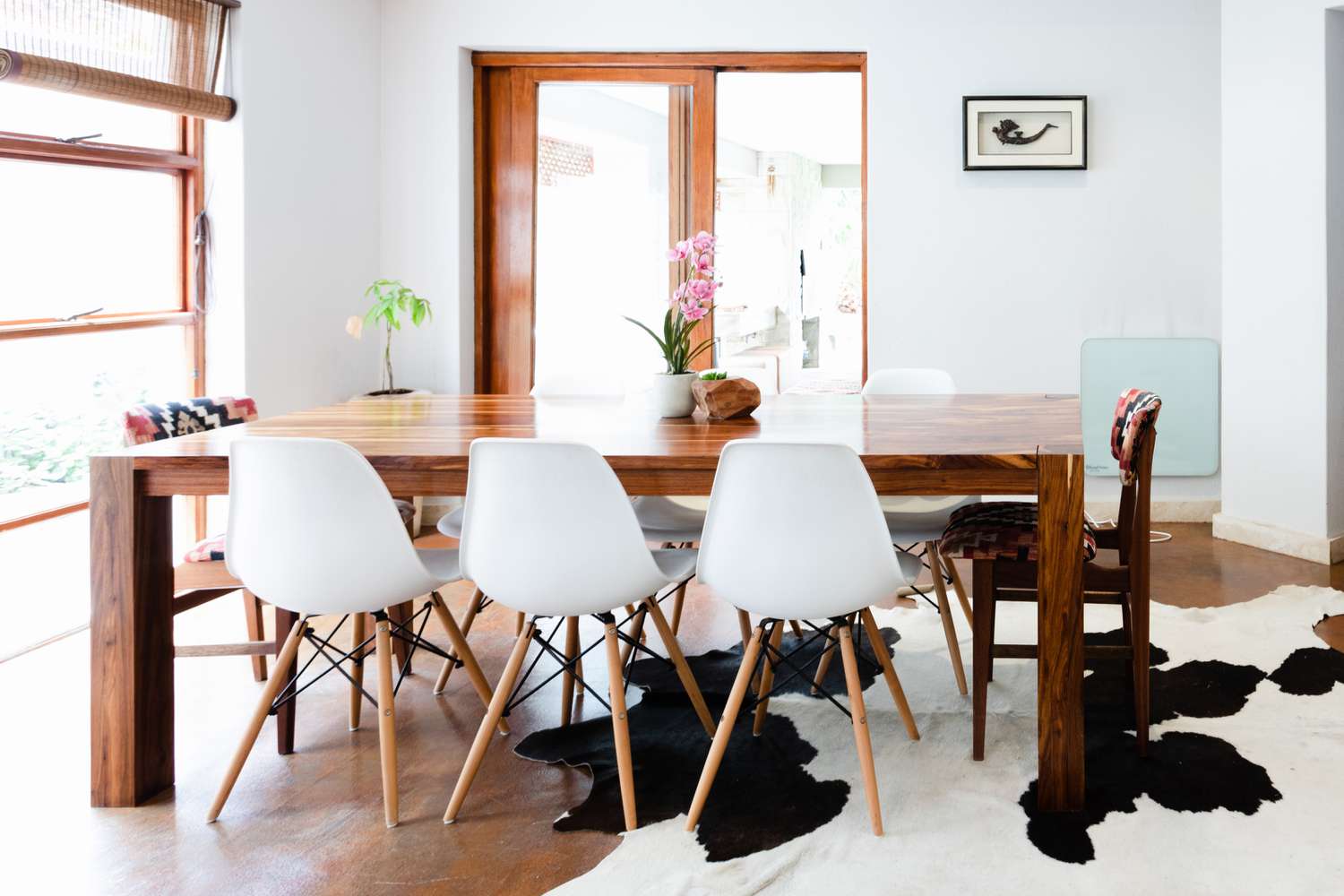
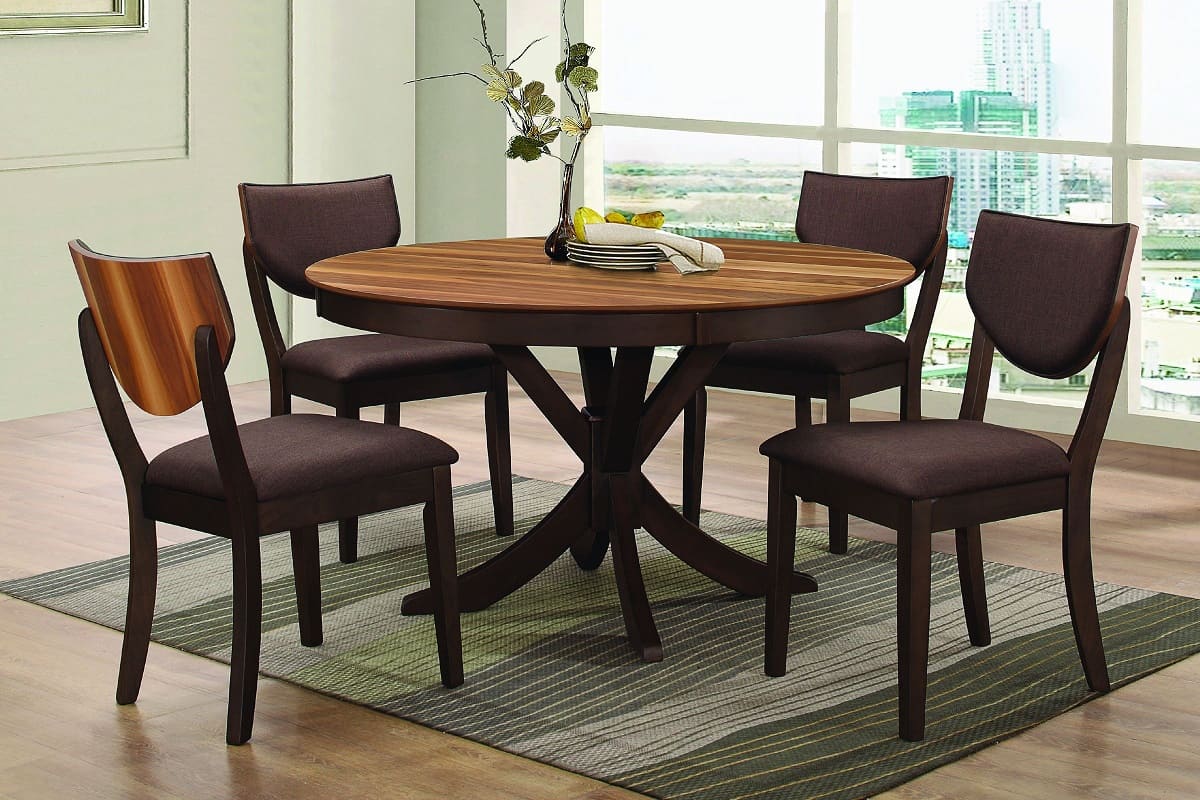

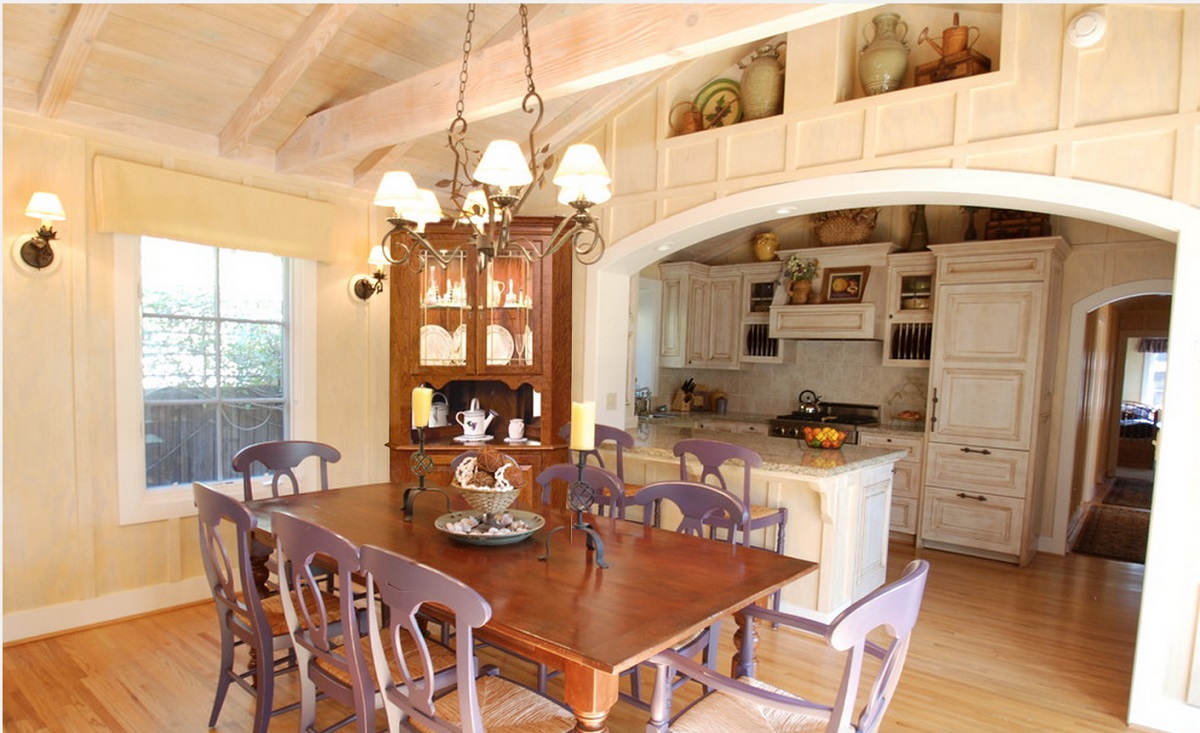
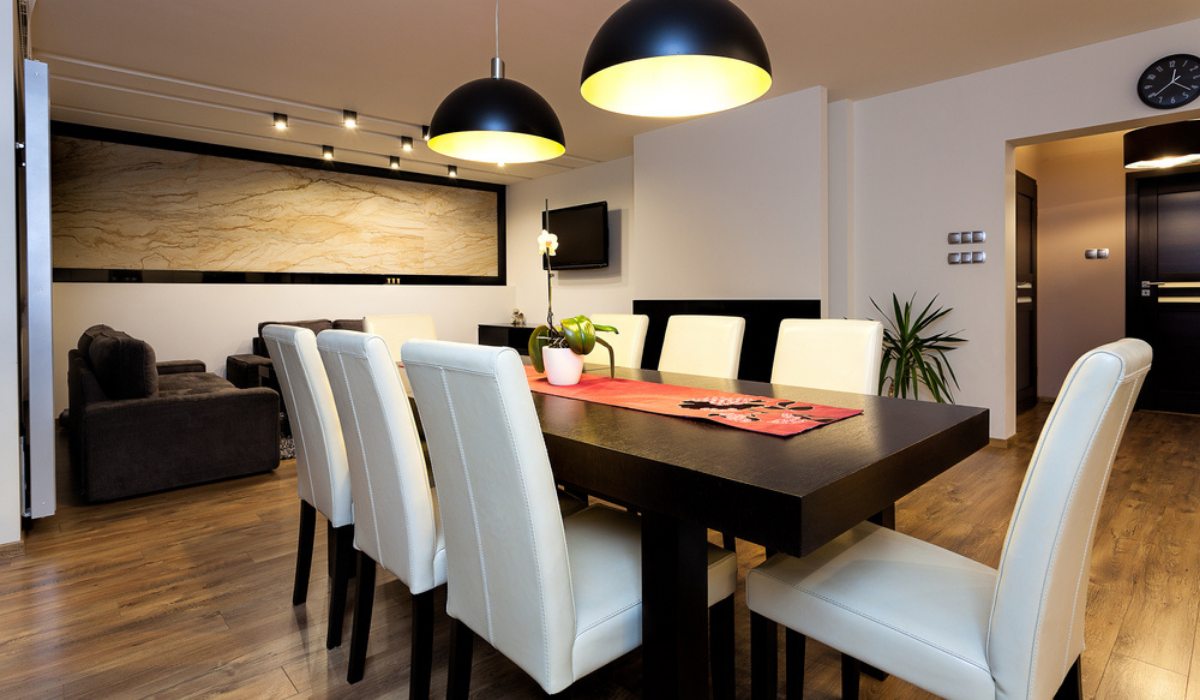
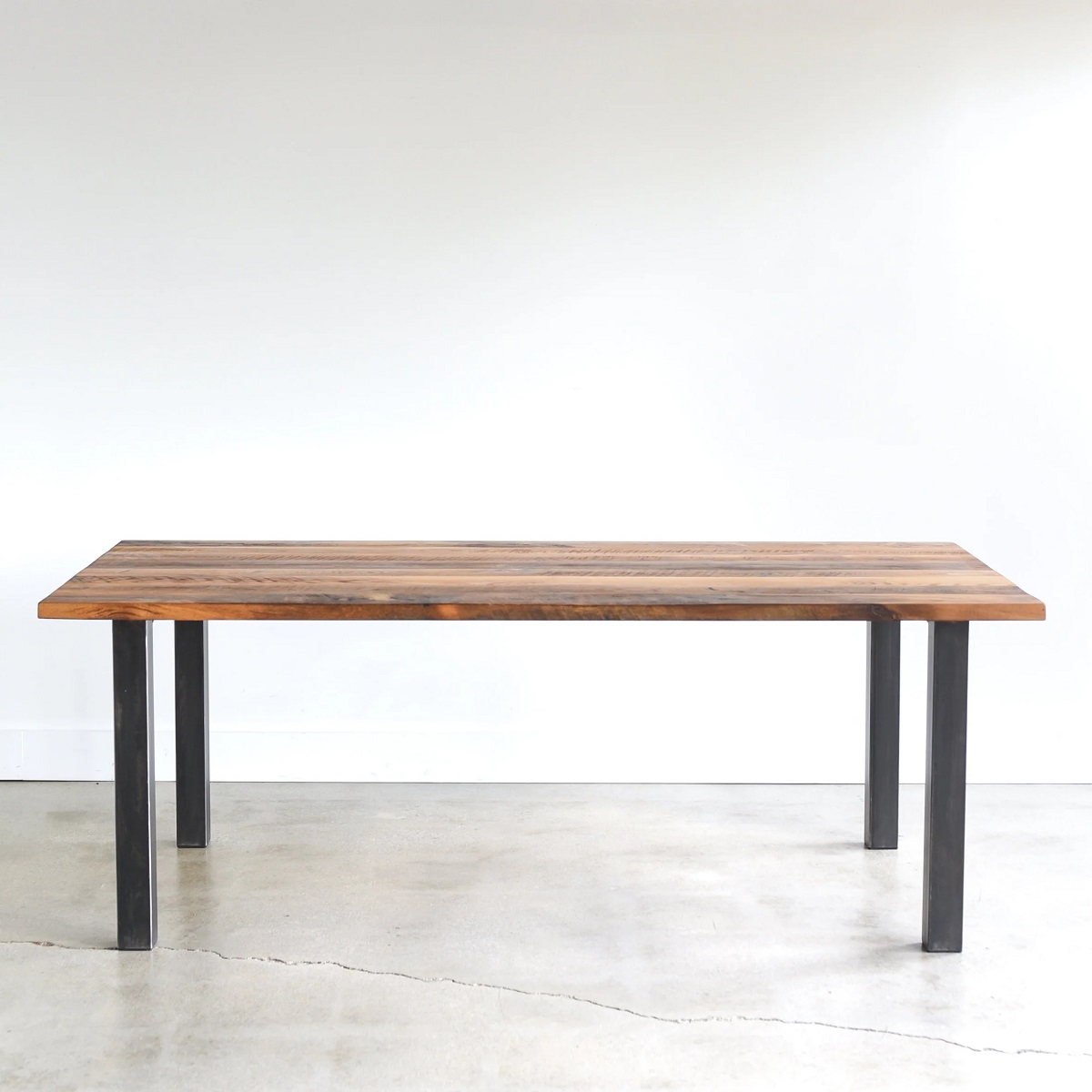
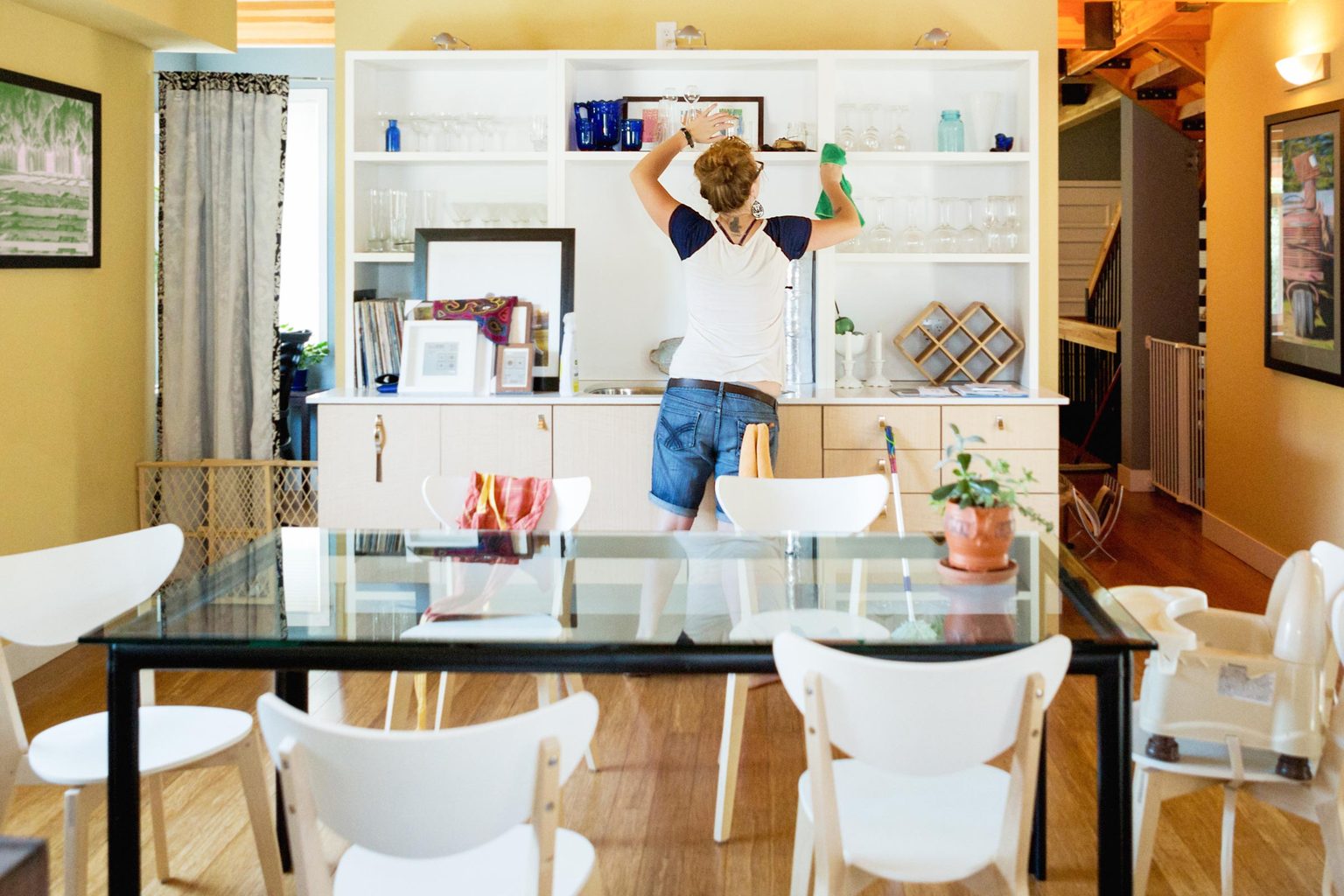
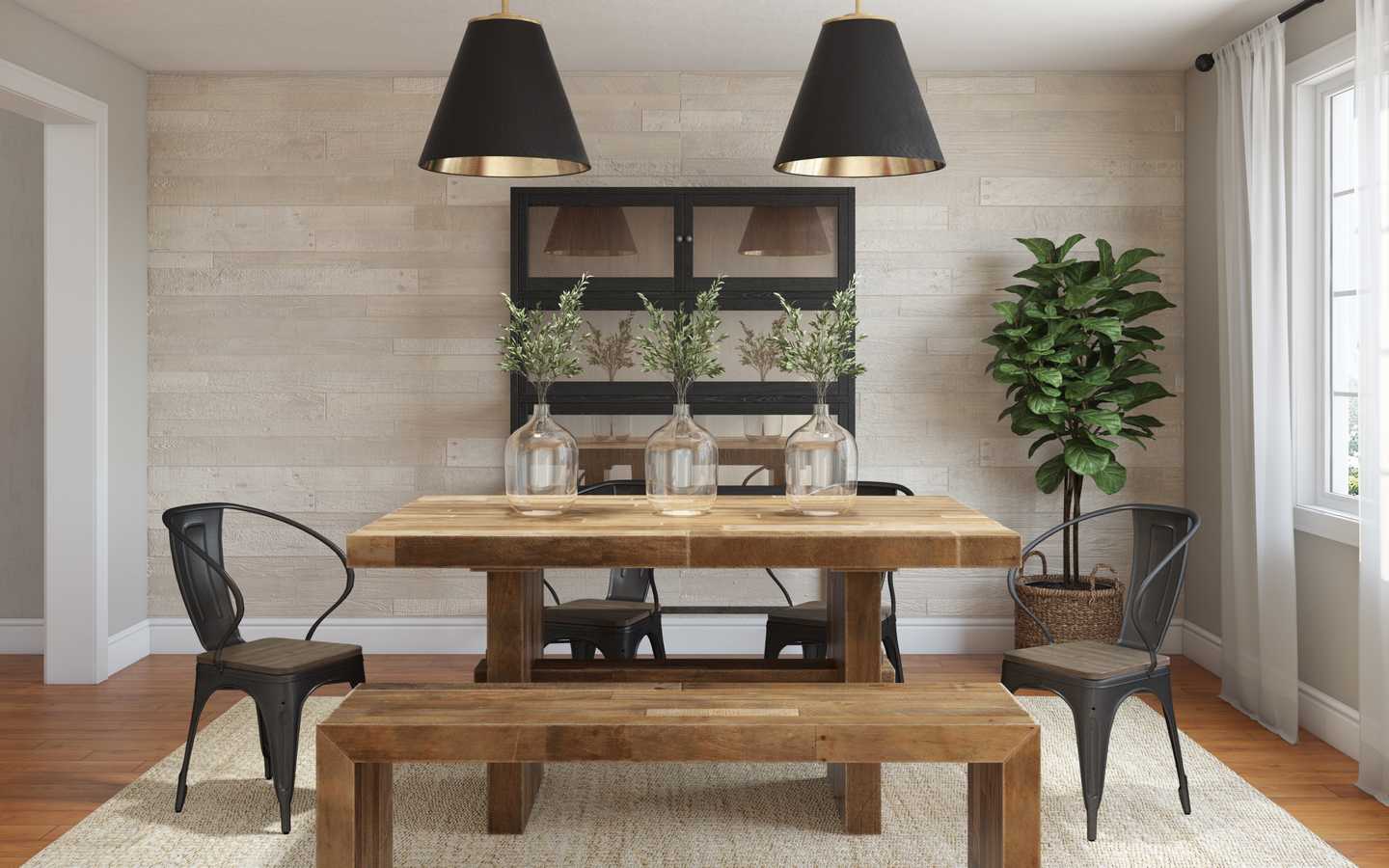
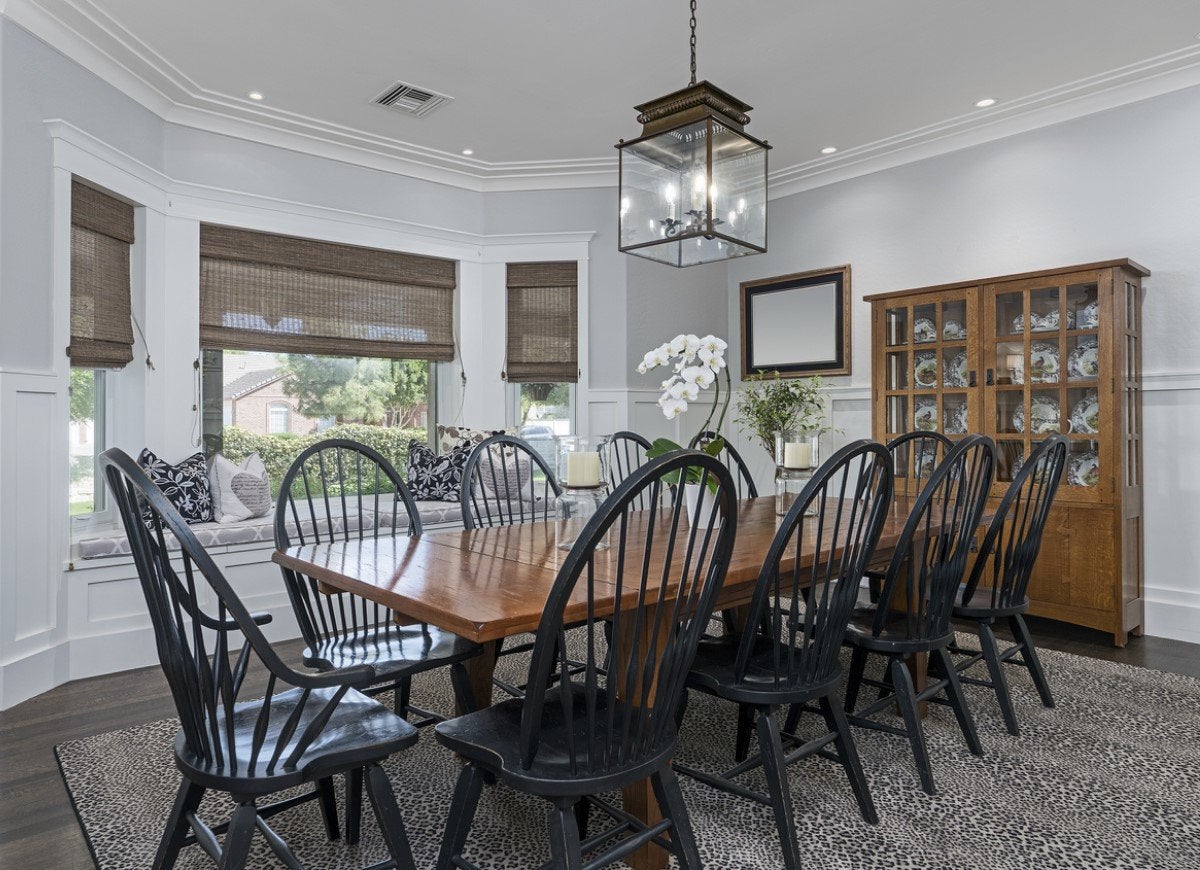
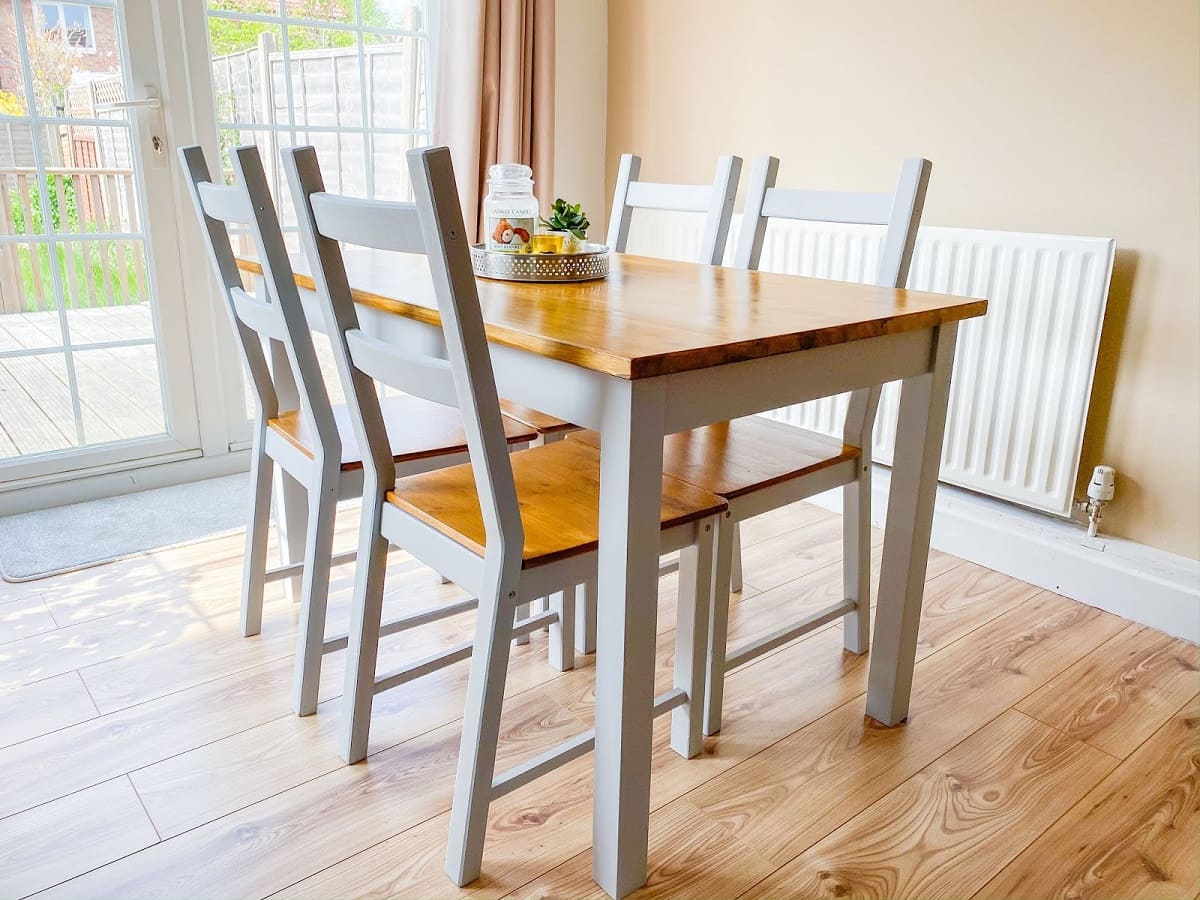
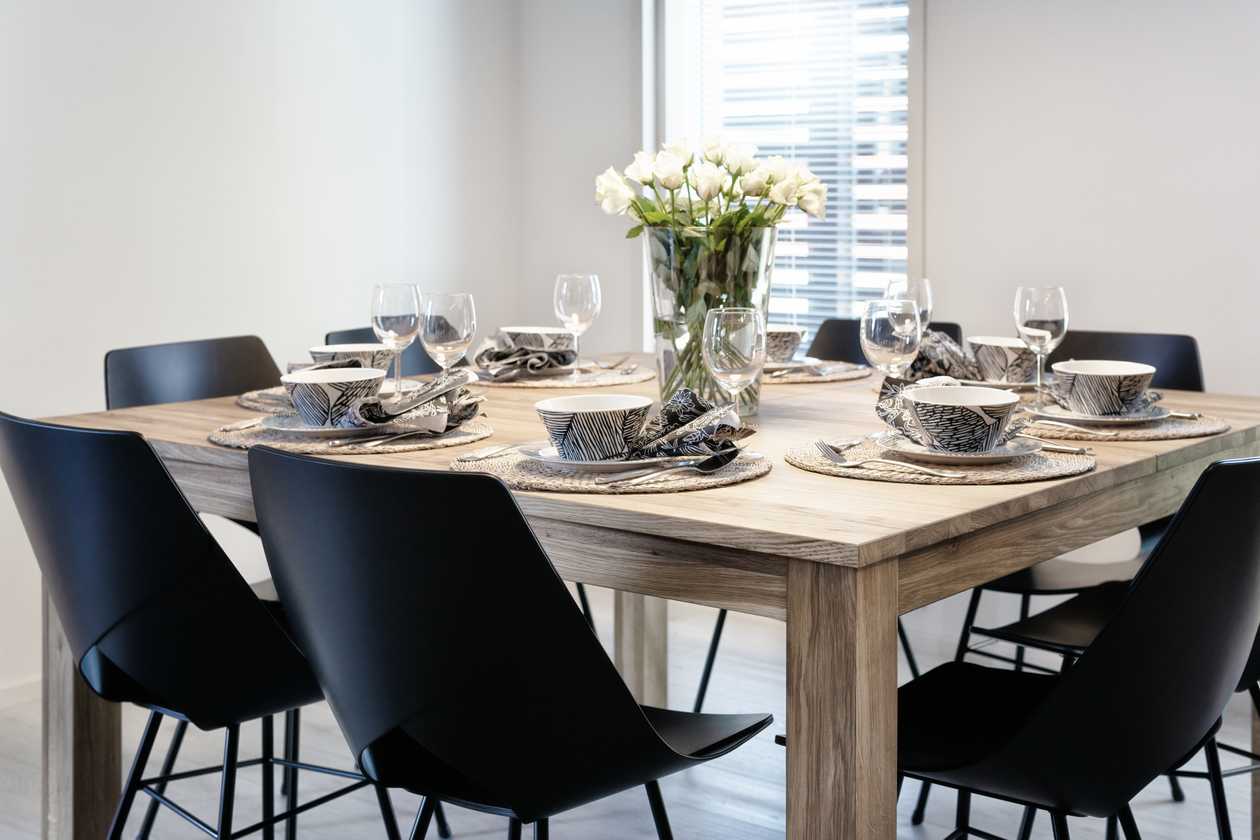
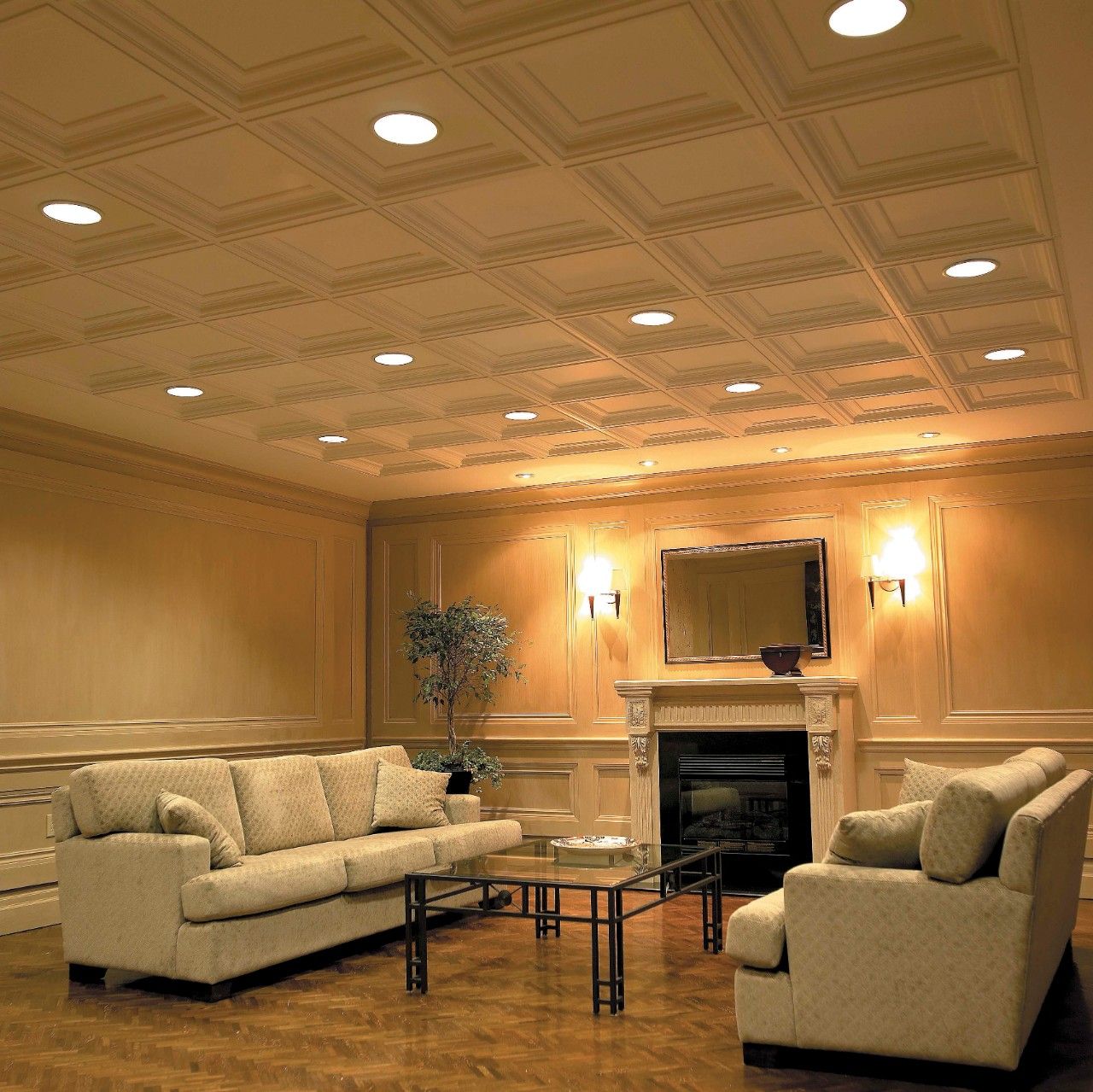
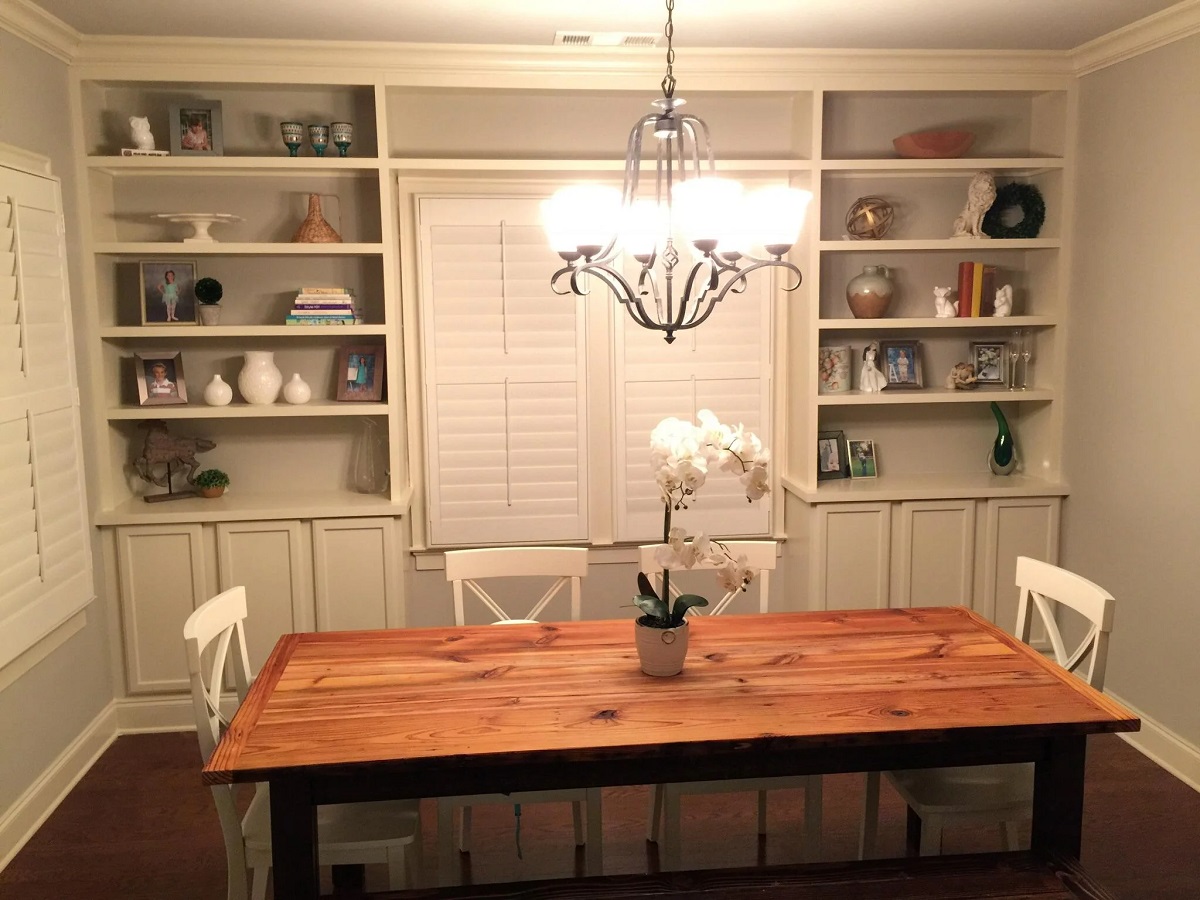
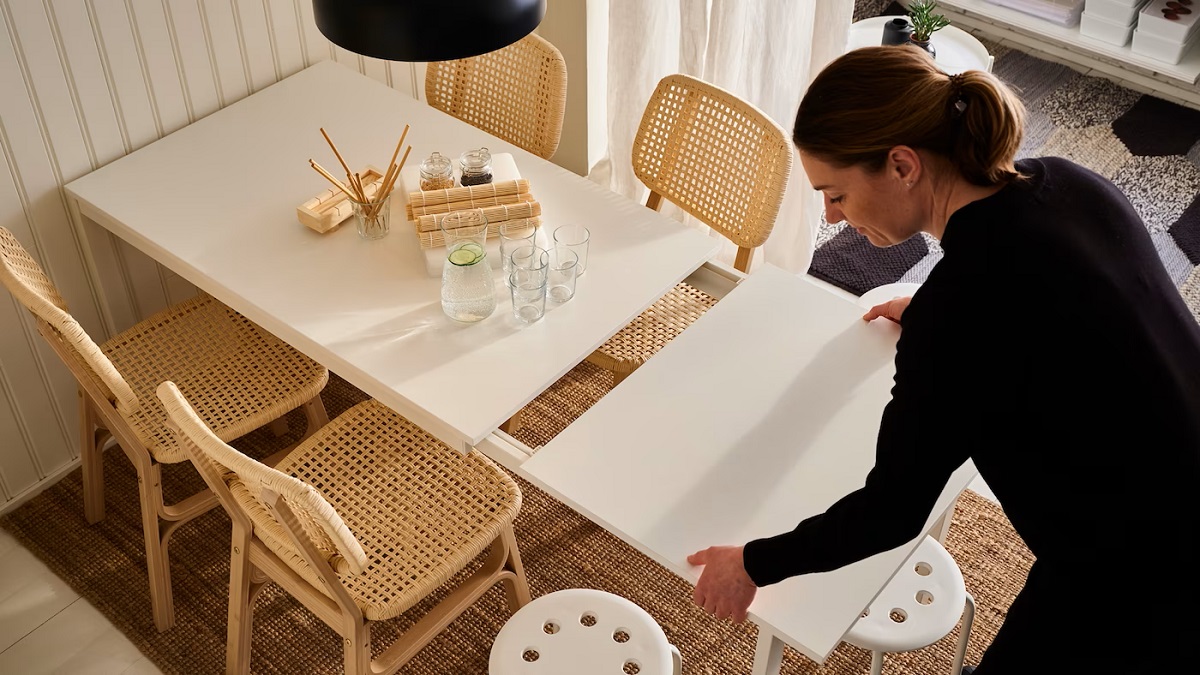

0 thoughts on “How High Is A Standard Dining Room Table?”